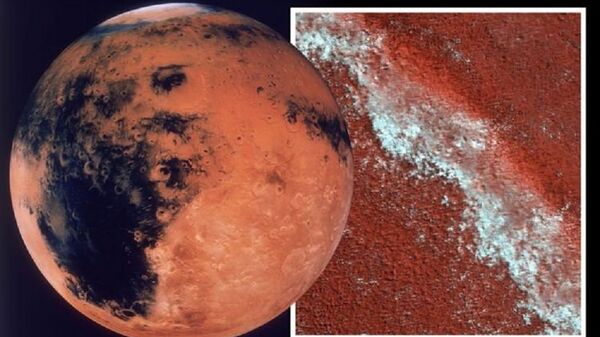On 1 May, researchers from the University of British Columbia published a study in the journal Science Advances that establishes a new timing for the existence of the Martian Dynamo. According to the study, the magnetic field was active 4.5 billion and 3.7 billion years ago, while previous data suggested it operated between 4.3 and 4.2 billion years ago and had become inactive at least 3.9 billion years ago.
“We find that the Martian dynamo operated at 4.5 billion and 3.7 billion years ago. Dynamo timing is a big part of a planet’s evolution, and what we find is very different from what we have thought so far”, postdoctoral fellow in the university’s Department of Earth, Ccean and Atmospheric Sciences Anna Mittelholz said.
The scientists found evidence of a magnetic field coming from the Lucus Planum lava flow, formed less than 3.7 billion years ago, and low-intensity magnetic fields over the Borealis Basin in the Martian northern hemisphere, formed 4.5 billion years ago, the study says.
"The absence of crustal magnetic fields above the martian basins Hellas, Argyre, and Isidis is often interpreted as proof of an early, before 4.1 billion years (Ga) ago, or late, after 3.9 Ga ago, dynamo. We revisit these interpretations using new MAVEN magnetic field data. We conclude that a dynamo was present both before and after the formation of the basins Hellas, Utopia, Argyre, and Isidis", the study reads.
According to the paper, the absence of magnetic fields over the basins can be explained in two ways: first, the dynamo may have stopped before the basins formed and then re-started; second, the impacts that created the basins displaced the portion of crust containing magnetic minerals.
The new data have been gathered by the Mars Atmosphere and Volatile Evolution satellite (MAVEN), launched in 2013 and operating around 135 kilometres from the surface. Earlier data have been obtained by the Mars Global Surveyor satellite, operating between 1999 and 2006 at 400 kilometres above the surface.




